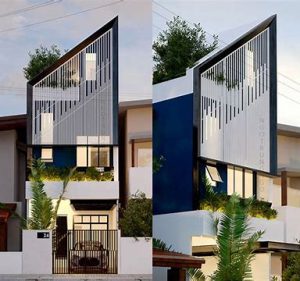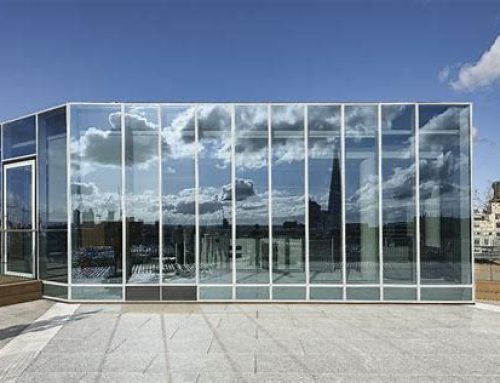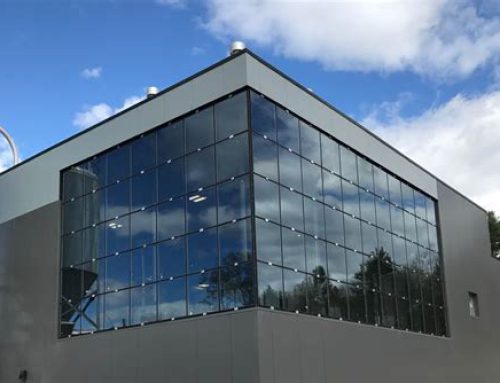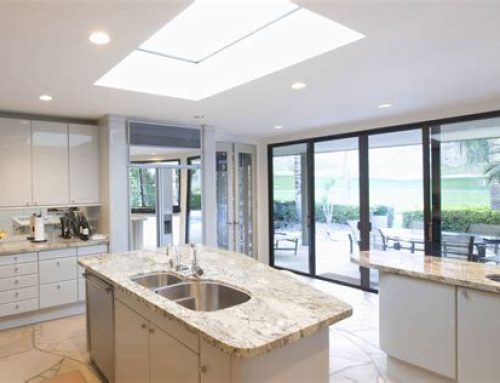Representation of modern villa building facade in America

Representation of modern villa building facade in America ,In the realm of architecture, the facade serves as the face of a building, communicating its character, style, and functionality to the world. Nowhere is this more apparent than in the design of modern villas in America, where innovation and representation intersect to create iconic structures that reflect contemporary ideals and aspirations. The evolution of villa facades in America showcases a rich tapestry of design trends, materials, and cultural influences, reflecting the dynamic nature of architectural expression in the 21st century.
Gone are the days when villa facades were confined to traditional styles or regional vernaculars. Today, architects and designers are pushing the boundaries of creativity, blending elements of minimalism, sustainability, and technology to redefine the aesthetics and functionality of villa exteriors. One prominent trend in modern villa facades is the integration of natural materials such as wood, stone, and glass to create a harmonious connection between the built environment and its surroundings. This approach not only enhances the visual appeal of the facade but also promotes sustainability and ecological sensitivity.
Moreover, the concept of “indoor-outdoor living” has gained traction in contemporary villa design, with architects incorporating features like expansive windows, outdoor terraces, and landscaped courtyards to blur the boundaries between interior and exterior spaces. This seamless integration of indoor and outdoor elements not only maximizes natural light and ventilation but also fosters a sense of connection with nature—a crucial aspect of modern living, particularly in urban environments.
In addition to materiality and spatial fluidity, the representation of modern villa facades in America is also influenced by cultural, social, and technological factors. For instance, the rise of digital fabrication techniques and parametric design tools has enabled architects to create intricate facade patterns and geometric forms that were once unimaginable. These advancements have ushered in a new era of architectural expression, where computational algorithms and cutting-edge fabrication methods converge to produce visually stunning and structurally innovative villa facades.
Furthermore, the notion of representation extends beyond mere aesthetics, encompassing broader themes such as inclusivity, diversity, and social responsibility. In recent years, there has been a growing emphasis on designing villa facades that reflect the values and aspirations of diverse communities, incorporating elements of cultural heritage, symbolism, and identity into the built environment. Whether through the use of traditional motifs, indigenous materials, or inclusive design principles, architects are striving to create villa facades that resonate with people from all walks of life, fostering a sense of belonging and cultural pride.
Moreover, the representation of modern villa facades in America is often intertwined with issues of sustainability and resilience. As concerns about climate change and environmental degradation continue to mount, architects are embracing green building practices and innovative technologies to create energy-efficient and environmentally responsible villa facades. From passive solar design strategies to green roofs and rainwater harvesting systems, sustainable features are becoming integral components of modern villa facades, not only reducing their environmental footprint but also enhancing their long-term viability and resilience in the face of changing climatic conditions.
Furthermore, the representation of modern villa facades in America extends beyond the physical realm, encompassing the digital sphere as well. In an era dominated by social media and digital platforms, architects and designers are leveraging technology to showcase their projects and engage with a global audience. Through visually striking renderings, virtual reality experiences, and interactive websites, the representation of villa facades has evolved into a dynamic and immersive storytelling medium, allowing viewers to explore and experience architectural designs in unprecedented ways.
Moreover, the representation of modern villa facades also plays a crucial role in shaping public perceptions and cultural narratives. Iconic buildings often become symbols of a city or region, reflecting its identity, values, and aspirations. By carefully crafting the image and representation of villa facades, architects have the power to shape not only the physical landscape but also the cultural landscape, influencing how people perceive and interact with their built environment.
In recent years, there has been a growing recognition of the importance of diversity and inclusivity in architectural representation. Architects and designers are increasingly embracing a more inclusive approach to design, seeking input from diverse communities and stakeholders to ensure that villa facades reflect the needs, preferences, and identities of all residents. Whether through community engagement initiatives, participatory design processes, or collaborations with local artists and artisans, architects are striving to create villa facades that resonate with the people who inhabit them, fostering a sense of belonging and cultural richness.
Furthermore, the representation of modern villa facades in America is deeply intertwined with broader societal trends and issues. From the impact of globalization and urbanization to the challenges of affordable housing and social equity, villa facades are not merely architectural statements but also reflections of the complex socio-economic dynamics shaping contemporary society. As architects grapple with these challenges, the representation of villa facades becomes a powerful tool for sparking dialogue, raising awareness, and advocating for positive change.
Moreover, the representation of modern villa building facades in America serves as a testament to the country’s rich architectural heritage and its ongoing commitment to innovation and progress. Throughout history, American architects have drawn inspiration from a diverse array of influences, blending traditional craftsmanship with cutting-edge technologies to create iconic structures that capture the imagination and define the spirit of their time.
From the grandeur of Frank Lloyd Wright’s Prairie Style villas to the sleek minimalism of Richard Meier’s modernist masterpieces, American villa facades reflect a continuum of design philosophies and movements that have shaped the built environment over the decades. Each era has brought forth its own set of challenges and opportunities, from the post-war boom of suburban development to the contemporary quest for sustainable living and resilience in the face of climate change.
Furthermore, the representation of modern villa facades in America underscores the importance of collaboration and interdisciplinary thinking in architectural practice. Architects often work closely with engineers, landscape designers, sustainability experts, and other professionals to realize their vision and ensure that villa facades not only meet aesthetic criteria but also perform optimally in terms of structural integrity, energy efficiency, and environmental impact.
In recent years, there has been a renewed focus on the role of architecture in addressing pressing social and environmental issues, such as housing affordability, equity, and climate change adaptation. Villa facades are no longer just symbols of luxury and prestige but also platforms for experimentation and innovation in pursuit of a more sustainable and inclusive built environment.
As we look to the future, the representation of modern villa building facades in America will continue to evolve in response to changing societal needs, technological advancements, and cultural shifts. Architects and designers will undoubtedly continue to push the boundaries of creativity and explore new frontiers in architectural expression, shaping the landscapes of our cities and communities for generations to come.
In essence, the representation of modern villa building facades in America is a reflection of the country’s diverse cultural landscape, its relentless pursuit of innovation, and its enduring commitment to architectural excellence. As we navigate the complexities of the 21st century, villa facades will remain iconic symbols of American ingenuity and creativity, inspiring awe and admiration for years to come, Representation of modern villa building facade in America.





Leave A Comment